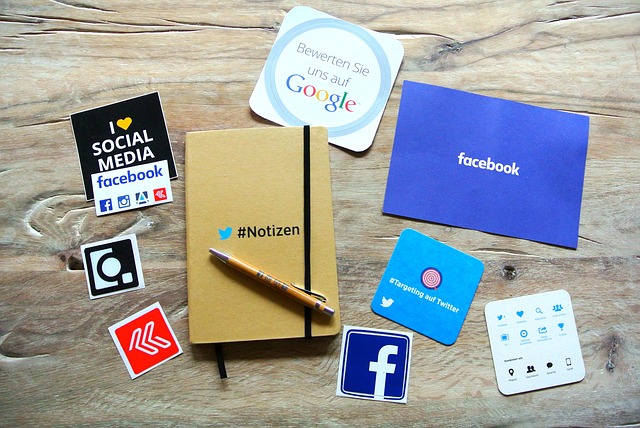
Why can we spend hours in the Instagram news feed? And what content will still attract the attention of users? We have collected answers from the psychology of social media research and will try to figure out what affects the consumption of content by users.
Start with yourself: imagine how you view Facebook news. Suppose we do it the same way: you scroll through the feed for a long time until you find something that attracts your attention. And it will happen almost instantly: you will not have time to analyze what your specific post has hooked.
Behavior psychology
To understand user behavior, you can turn to psychology. Whoever your user is by activity, he is still more or less subject to factors common to people.
People love games
News and professional literature are useful, but people at any age love to “play.” It is impossible to do this at work, and in general, adult life does not have. What do adult games look like? In social media, these are tests. Simple, a little stupid and exactly meaningless: who are you from the characters of the series, what book should you read next, what does your ideal journey look like …
Creativity in everyday life
Why are videos taken with a camera phone becoming popular? People like to think that they can too. Especially when it comes to the spontaneous manifestation of creativity: here is not a remarkable schoolgirl sitting in her room, but now she starts to sing – and to sing really well. Audiences like simple stories about ordinary people – just like themselves.
Social media research
How people choose material to read in the news feed and highlight the reasons for choosing a material:
- it matches the interests of the user,
- he draws up the agenda
- he is funny or frightening.
You can also analyze your content using website Cheapigfollowers and view Instagram followers and other social media statistics.
Users pay attention to different factors when choosing a material:
Post author: publications from certain authors were opened more often by research participants.
According to the community: as in the case of the author, the source of the information was important. It works in the opposite direction: users ignored entries from some communities.
In the images: pictures, videos and gifs attract the attention of users. This is of great importance when scrolling through the tape.
Cognitive distortions in communication
One of the most interesting topics in the study of content consumption is cognitive distortion. These are systematic deviations in behavior, perception and thinking. They arise from prejudice, stereotypes, emotional causes, or under the influence of social factors.
The full list of cognitive distortions includes about hundreds of items. Consider the most significant for the consumption of content in social networks.
The effect of the superiority of the picture. Images are clearer to people than plain text.
People search and interpret information in such a way as to confirm their knowledge.
Isolation effect (Restorff effect). An object that stands out among others is remembered better than others.
Professional deformation. A person looks at things the way it is in his profession, ignoring the general point of view.
The bias towards information retrieval. A person searches for information even if in the current situation it does not affect actions.
The effect of dating with the object. People prefer some object (in social networks: authors, communities) just because they are familiar with it.
Barnum effect (forer effect). The person agrees with the accuracy of the description of his personality, as if written specifically for him, although in reality it relates to a wide circle of people. This effect explains the popularity of horoscopes and tests for personality types.
Systematic error of attention. If a person often thinks about a topic, he will pay more attention to all materials related to it.
Frequency illusion (Baader-Meinhof phenomenon). After becoming acquainted with a new information or subject, it seems to a person that information about it appears everywhere.
The effect of self-reference. People better remember the information that is associated with them personally. The effect can manifest itself in different ways: a person better remembers information that concerns him. In advertising, information stored by people similar to the listener is better remembered.
Analyzing the behavior of your audience and developing for content strategy, do not forget that your behavior is also explained by many theories. In the end, even about it there is cognitive distortion: the dead zone. The tendency to assume that others are subject to more distortion than you yourself.










![Watch Video Now on xiaohongshu.com [以色列Elevatione perfectio X美容仪 perfectio X 全新仪器黑科技了解下]](https://www.techburgeon.com/wp-content/uploads/2019/07/perfectiox-singapore-150x150.jpg)
